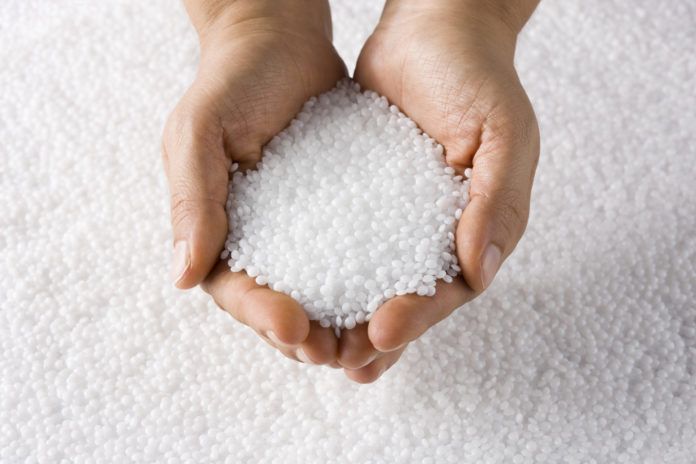Logjams that hindered moving resin out of U.S. ports from late 2018 through April have lightened up, but market participants expect the same problems to re-emerge later this year and into early 2020 as more polyethylene capacity comes online.
As S&P Global Platts reports, more than $200 billion in new petrochemical infrastructure has started up, is under construction, or planned in Louisiana, Texas, Pennsylvania and Ohio amid the natural gas shale boom that has unearthed unprecedented access to cheap ethane feedstock.
New polyethylene resin production dominates the expansion renaissance, with capacity set to rise by 13.67 million metric tons per year—more than 50%—from 2017 through the next decade if all known projects reach fruition.
That new production is targeted for export, S&P Global Platts reports, although 29% of new capacity that is operational already has taxed supply chains that move resin from producers to docks. Another 17% of the total slated to start up in the second half of 2019 is expected to bring at least a repeat of holdups that delayed resin exports for up to two months or more.
Some resin packagers are expanding capacity to place PE and other resins in bags and then containers to ship out from ports, but multiple market participants expect the same pinch points to emerge—loaded railcar storage-in-transit yards, long wait times to get resin packaged, warehouse-to-port flows hindered by regulations that limit drive time for trucks and, in New Orleans, a chronic shortage of empty containers.



